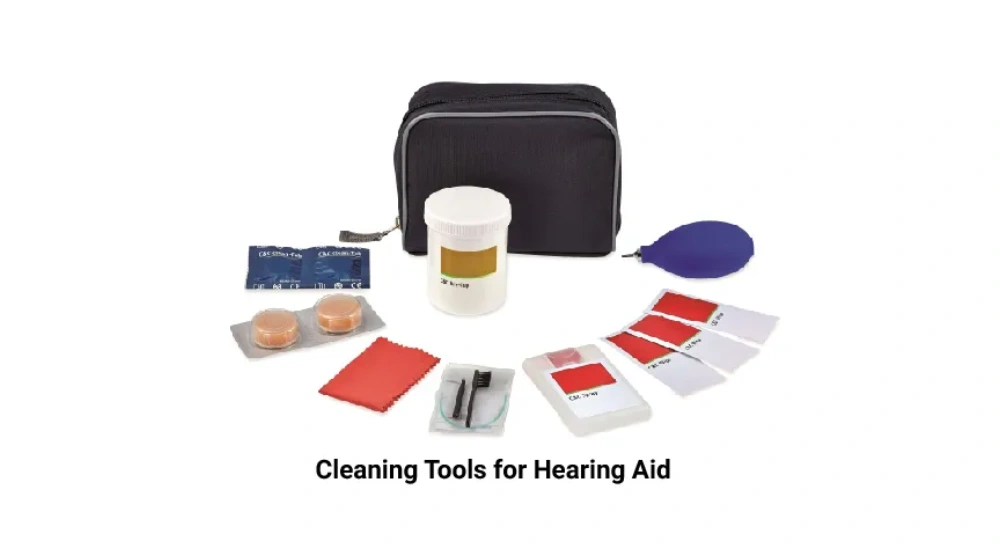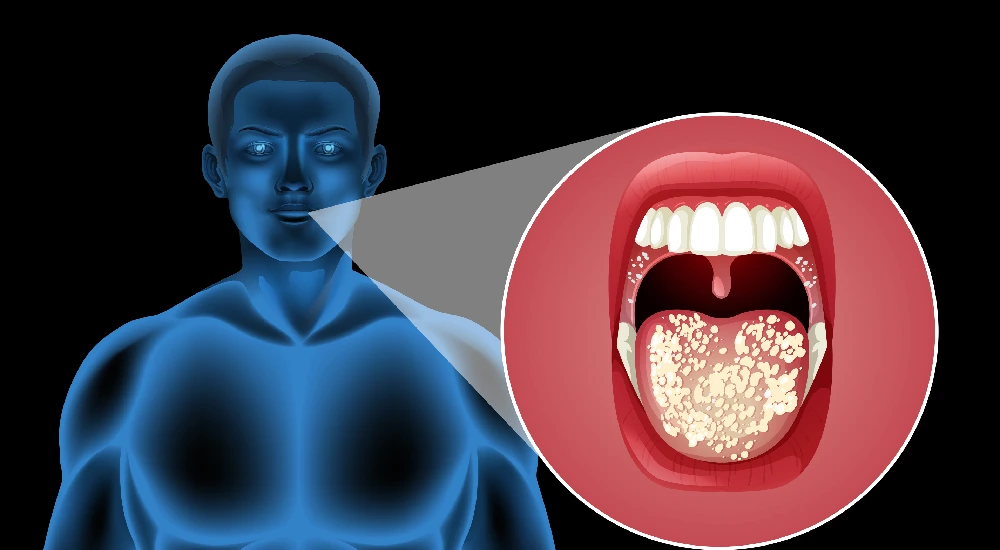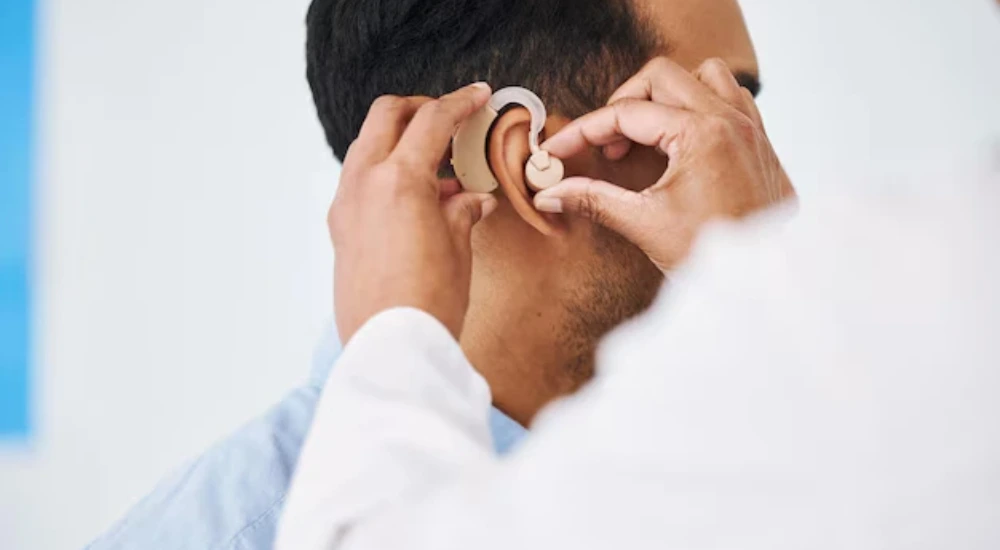
5 Tips for Cleaning Your Hearing Aid
Since 1898, when Miller Reese Hutchinson invented the first hearing aid, deafness and hearing problems are things of the past.
Over 465 million people in the world suffer from hearing disability and most of them use Hearing Aids. Buying a hearing aid alone is not enough, it is more important to know how to clean them.
Types of hearing aids
Behind-the-ear (BTE)
Here the hearing technology is housed in a plastic case fitted behind the ear with a small flexible tube connecting this to an ear mould fitted inside the ear. This is ideal for severe hearing loss and safe for growing children.
Mini BTE-On-the-Ear aids
This “open fit” device has a smaller case behind the ear and a nearly invisible tube connecting to a dome sitting on top of the ear. Hence the name “On-the-Ear”. This device is very comfortable as it does not fill the ear completely. Almost invisible, it is suitable for mild to severe hearing difficulties.
- Receiver-in-the-Ear (RITE) & Receiver-in-the-Canal (RIC)-Here the receiver rests in the ear tip and is connected by a thin tube to the small case behind the ear. In the RIC model, the receiver rests in the ear canal and not the ear tip. Sometimes the receiver may be damaged due to ear wax or moisture and being small, it requires the help of an ENT doctor for removal.
- In the Ear (ITE)-This hearing aid is customized to fit the outer portion of the ear. Easy to wear and adjust, this hearing aid is clearly visible yet is best suitable for mild to severe hearing hardness.
- In-the-canal (ITC)-Ideal for mild to mildly severe hearing loss, this hearing aid is fitted into the ear canal and is smaller when compared to the ITE aids. This aid is not suitable for severe Hearing Problems, frequent ear infections or a very small ear canal.
- Completely-in-the-Canal (CIC)-For mild to moderate hearing loss, this Completely-in-the-Canal (CIC) is the best. Small in size and fitting into the ear canal completely, they are nearly invisible except for a small handle used to insert and remove them.
- Invisible-in-the-Canal (IIC)-The smallest of the lot among hearing aids, these Invisible-in-the -Canal aids are suitable for mild to moderate hearing loss. Fitted deep into the ear canal, some of these hearing aids require the assistance of an ENT doctor for their removal.
Cleaning tools for hearing aids
- Brush- The Brush is used to clean the ear mould and the hearing case with its body, faceplate and sound port. It removes the dust and dirt from all types of hearing aids.
- Wax Loop-The wax picking wire loop is used to get into the crevices of the hearing aid to remove the ear wax and debris.
- Magnetic Battery Remover- This helps to remove the small batteries from the hearing aid with dexterity.
- Multi-Tool- This is a multi-utility tool combining the features of the Brush and Wax Loop and is an all-purpose instrument for cleaning aids.
How to clean Hearing Aids?
- First, remove the batteries by hand or using magnetic battery remover.
- Use the right cleaning tools like the brush and wax loop.
- First dust off all the parts of the aid using the brush.
- Using the wax loop, delve into the openings of the hearing aid and remove the clogged ear wax.
- Wipe the hearing aid thoroughly with a cloth.
- Always remove the hearing aid before showering or swimming.
- Visit an ENT doctor and get the aids cleaned professionally once in 3 months.
Visit the right ENT hospital for your hearing care and choose the right hearing aids.
Share This Story, Choose Your Platform!






